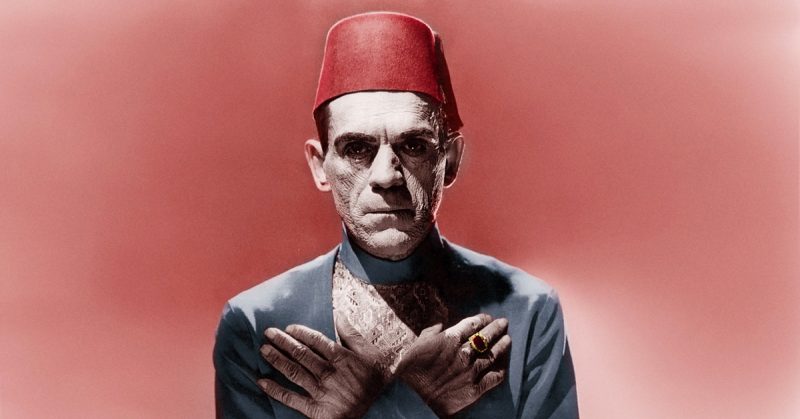Anyone who disturbs the mummified body of an Egyptian pharaoh risks the deadly wrath of an ancient curse — at least that’s what the plotlines of various horror movies say.
But what happens to the person who purchases the poster for the original 1932 classic The Mummy?
Curse or not, one thing is clear: the new owner will be considerably poorer.
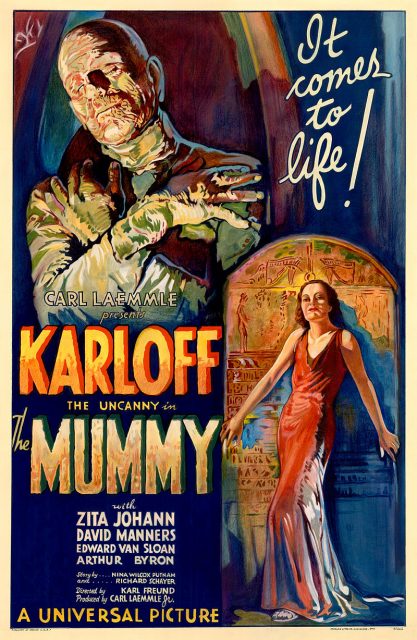
The auction house Sotheby’s is accepting bids for one of three remaining original posters of The Mummy.
The rare lithograph is expected to sell for somewhere between $1 million and $1.5 million, making it the world’s most expensive movie poster, according to The Guardian.
This specific print, which will be the first movie poster to be valued in seven figures, was bought at auction in 1997 for $453,500.
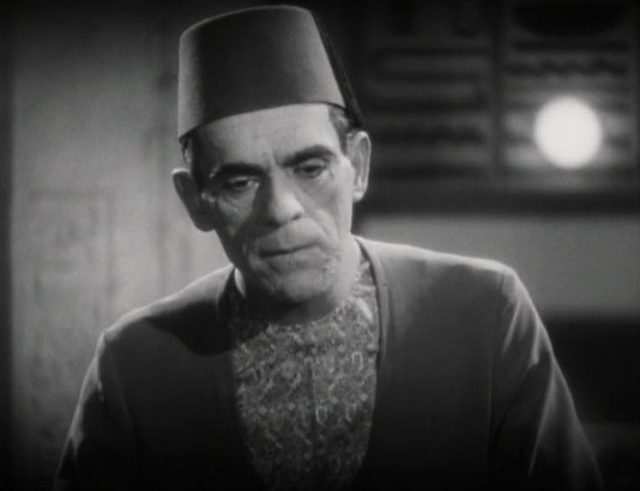
The Mummy was one of a series of “creature features” produced by a financially beleaguered Universal in the 1930s.
In its plot, a resurrected Egyptian mummy stalks a woman he believes to be the reincarnation of his bride. It is a story that has been resurrected many times since in other movies.
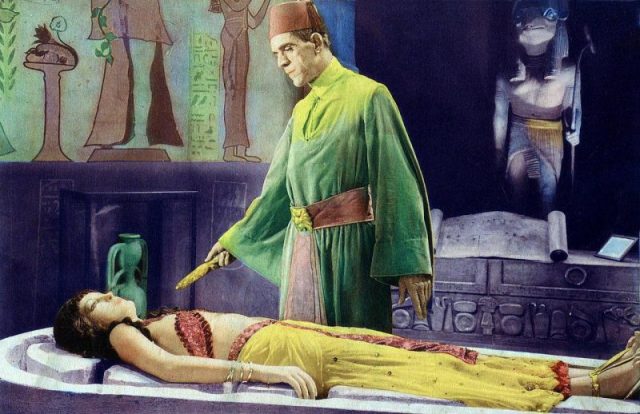
Directed by Karl Freund, the film has achieved high status in the film world, starring as its frightening mummy, Imhotep, an English actor named Boris Karloff who had become famous one year earlier as The Monster in Frankenstein.
Freund was the cinematographer for Dracula, directed by Todd Browning, and Freund’s film technique in The Mummy won acclaim.
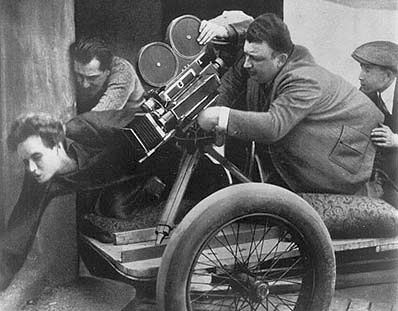
Unlike Frankenstein or Dracula, The Mummy was not based on a book.
Sotheby’s says, “The film’s lack of a direct literary source allowed the studio to create an original screenplay tailored to its audience and its new ghoulish star, Karloff. Inspired by the discovery of King Tutankhamun’s tomb nearly a decade earlier and the public’s lingering fascination with the myth of the Mummy’s curse, the studio commissioned an Egyptian-themed storyline and script.”
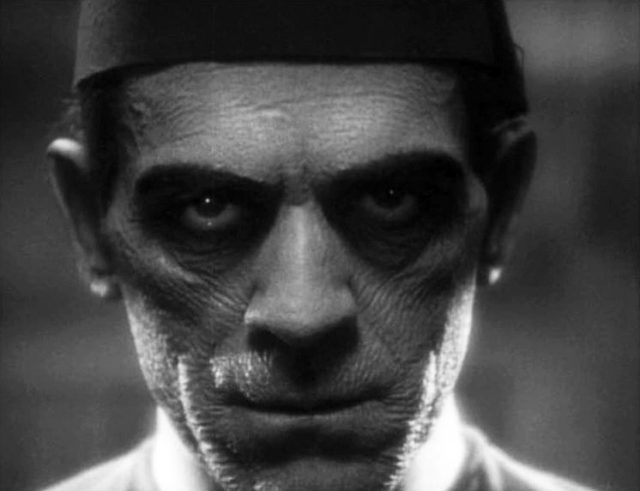
For The Mummy, Karloff endured eight hours of makeup application each day. His appearance, designed by makeup artist Jack P. Pierce, was based on the appearance of Ramses III.
“The Mummy’s success in 1933 solidified Universal Pictures hold on horror,” wrote Classic Horror. “It was the first film post-Frankenstein to bill Karloff as a star and it paid off. A slew of films for better or worse followed in Imhotep’s monstrous footsteps.”
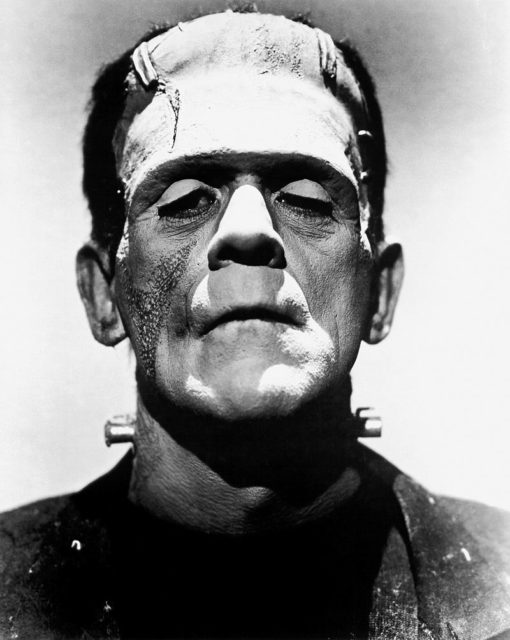
Universal’s advertising director Karoly Grosz designed the poster, which was displayed in movie theaters and never sold to the public.
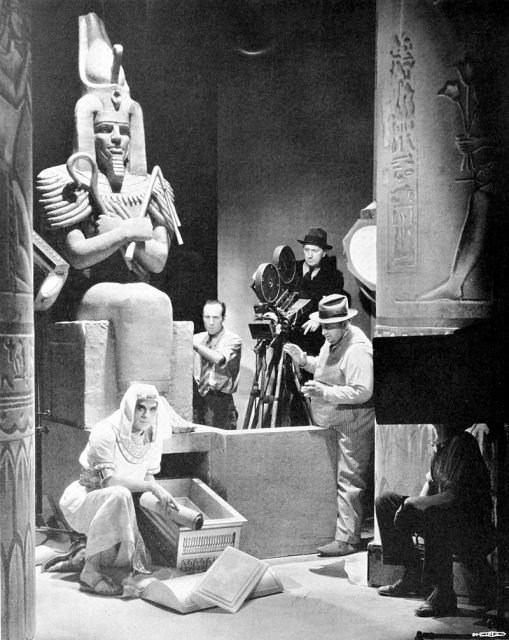
“Only three are believed to remain in existence, with Metallica guitarist Kirk Hammett owning one of them,” according to Hollywood Reporter. “In 2014, a 1927 poster for London After Midnight broke The Mummy’s record for the most expensive poster, while the current record holder is a 1931 poster for Dracula, which sold for $525,800 last year.”
Sotheby’s points out that the poster for The Mummy continues Universal’s sophisticated promotional campaigns that sent people to movie theaters in droves.
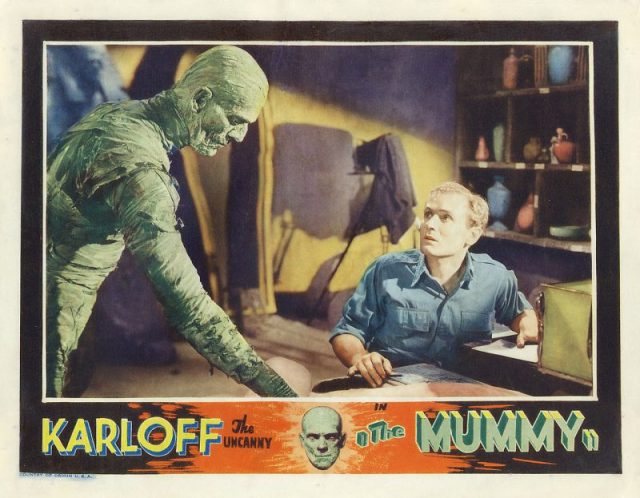
“Notable for their bold colors, complex compositions and minimal use of white space and text, Universal’s horror posters from the period are among the most compelling and desirable examples of advertising art in the history of film,” said Sotheby’s.
It is difficult, in the digital age, to comprehend how important a poster could be to a movie campaign. In this case, it was a dazzling color poster for a black-and-white movie.
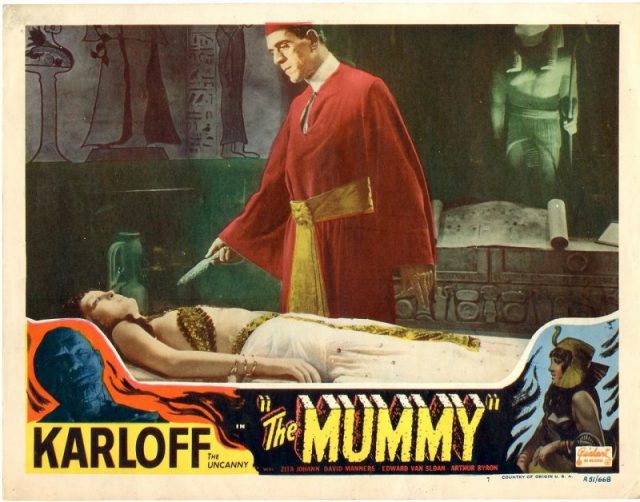
The poster features Karloff as Imhotep, with actress Zita Johann as the beautiful woman he seeks in belief that she is his reincarnated lover.
“The vibrant colors of Karoly Grosz’s Mummy poster stand both in contrast to and in support of the haunting black and white scenes of the film it advertise,” says Sotheby’s.
Read another story from us: The 5 Most Famous Historical Accounts of Werewolf Sightings
“In a way, it offers a promise that the film cannot deliver – although the audience will be thrilled by Karloff’s suddenly awakened Imhotep and may be seduced by Johann’s Ankhesenamun, they will not see the eerie green of the mummy’s wraps or the scarlet of Johann’s gown. In isolating the iconic images of the film and enhancing them with color, the poster becomes the strongest visual link to it and a historic artifact of its time.”
